35 years on, Princess Peach’s lot is somehow still primarily about being kidnapped and rescued. But is there hope on the horizon? And might it have taken the introduction of — gasp — a second female regular into the cast to bring in the changes?
Super Mario’s World is a look at the characters that turned the Mario franchise into a household name for 35 years.
Princess “Peach” Toadstool exists to keep players grounded. Everything in the original Super Mario Bros. was revolutionary or unprecedented in one way or another. From its graphics, to the side-scrolling platforming (goodbye, single-screen gameplay!), to the music, to the central concept of playing as a human man with a 6.10 m vertical leap and a blood feud with an army of turtles, the Mario game that started it all was unfamiliar in every way.
Not that Shigeru Miyamoto and his team of developers didn’t use ingenious game design to teach generations of players how things would work from now on. World 1-1 is literally studied as a perfect example of how to introduce new ideas in an organic, intuitive way. But the most familiar element is introduced once you clear your first world, four levels later.
After navigating a pitch-black castle and throwing a fire-breathing lion-turtle (??) into a lava bath, a vest-clad mushroom person gives the player their motivation: “Thank you Mario! But our Princess is in another castle!”
There it was. A universal touchstone: the damsel in distress. From outer space to the Mario-world equivalent of Sandals Jamaica, every single mainline Mario game finds the titular plumber saving a damsel in distress. And (almost) every time, that damsel is Princess Peach.
Except, Princess “Peach” Toadstool wouldn’t get her first name outside of Japan for another 11 years, finally appearing with her voice-acted letter in the opening moments of Super Mario 64. (She was always called Princess Peach in Japan. “Toadstool” was a change made in the original game’s localisation, in order to better tie her character to the identity of the Mushroom Kingdom.) Peach, like too many fictional women in pop culture, exists as someone whose stature in her world often outshines her plot agency. Much like Princess Leia from Star Wars, the most interesting things about Peach seem to be what happens offscreen between kidnappings. Why does a human woman reign uncontested over a kingdom of intelligent fungi? What’s the deal with her and Mario, anyway? Is she elected, or is Bowser a low-key antifascist hero?
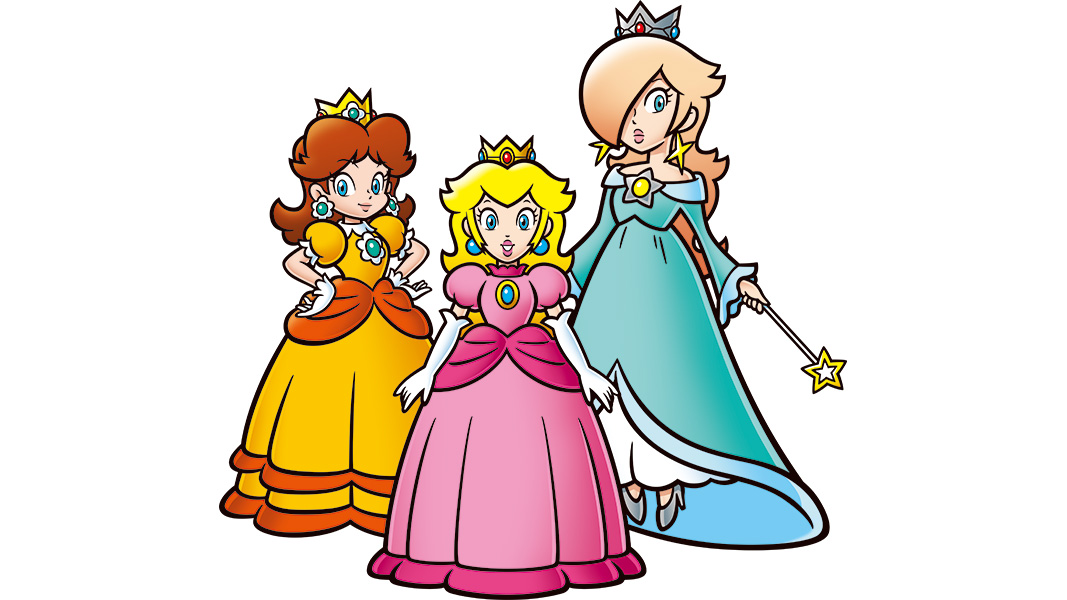
I thought about her a lot as a kid for one simple reason: She was my favourite character to play as in Super Mario Bros. 2.
It’s a tale as old as time by this point: Nintendo of America, believing that the Japanese sequel to Super Mario Bros. was too difficult for Western audiences, requested an easier version of the game to sell. Yume Kōjō: Doki Doki Panic, a promotional video game Nintendo had developed for a 1987 Japanese media-technology expo, had its four (vaguely Middle Eastern) main characters and a handful of other game assets repurposed with a Mario facelift. The resulting title was released abroad as Super Mario Bros. 2.
Like many gamers too young to catch the NES wave, I first played SMB2 as part of Super Mario All-Stars on the SNES, and it quickly became my favourite title in the collection. The birdos, the joyful saloon piano soundtrack, the light sense of Alice in Wonderland-style menace that hung over everything. Most of all, I loved controlling Princess Toadstool! She could hover, she was tall, she wasn’t just Mario all over again. I wanted more, and assumed it was coming.
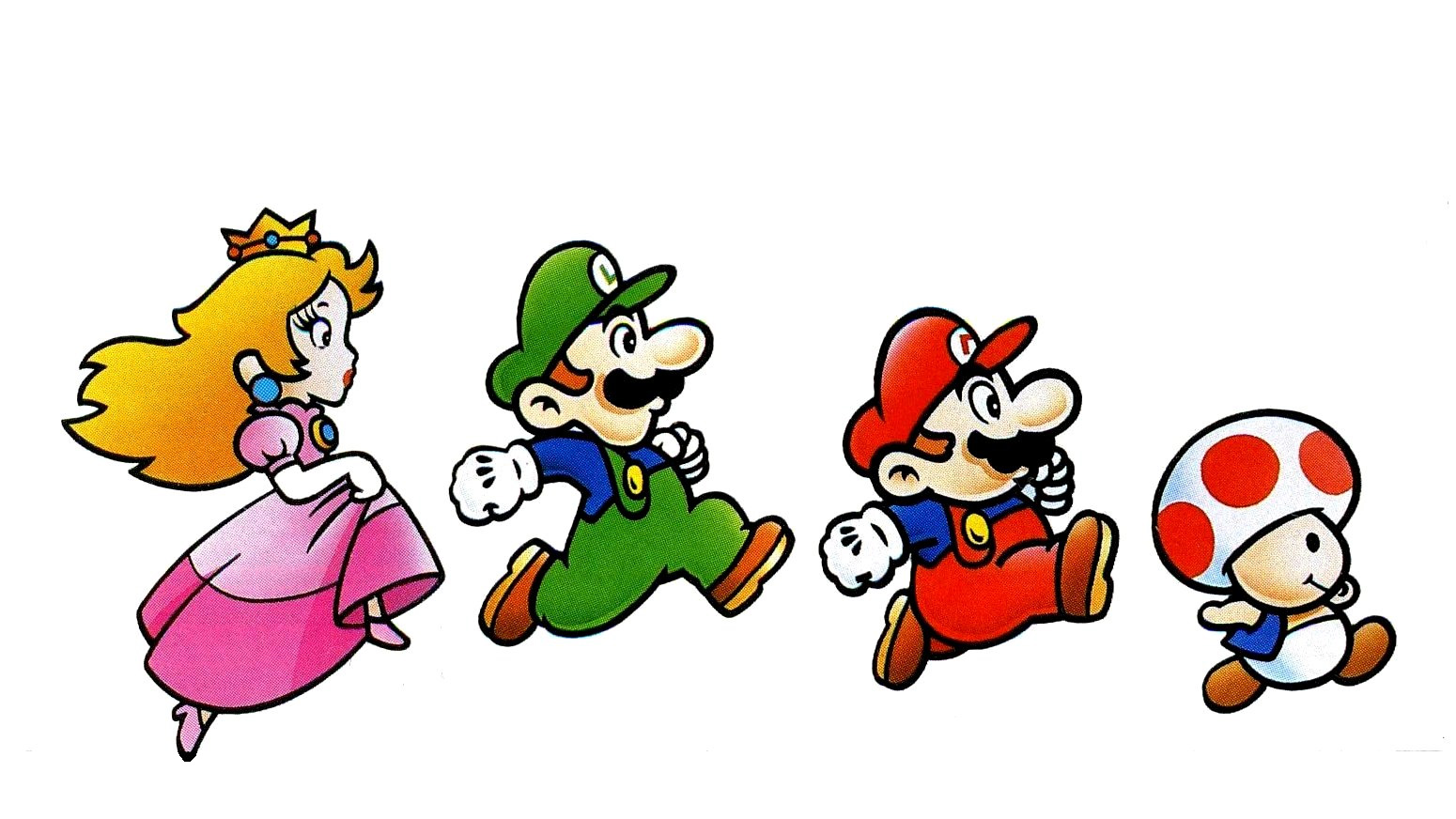
It wasn’t. Since then, Peach has been a main playable character in precisely one mainline Mario platformer (we’ll get to that). And for anyone who had the pleasure of finishing Super Mario Bros. 2, the closing credits pull off another classic plot twist: The entire game was just a dream! Now, Mario canon is unwieldy and borderline nonexistent, which makes sense for a franchise that has stretched across the majority of video game history itself. But if you grew up in North America, Princess Peach/Toadstool was renamed 11 years after her debut, and was only actually playable in a dream sequence.
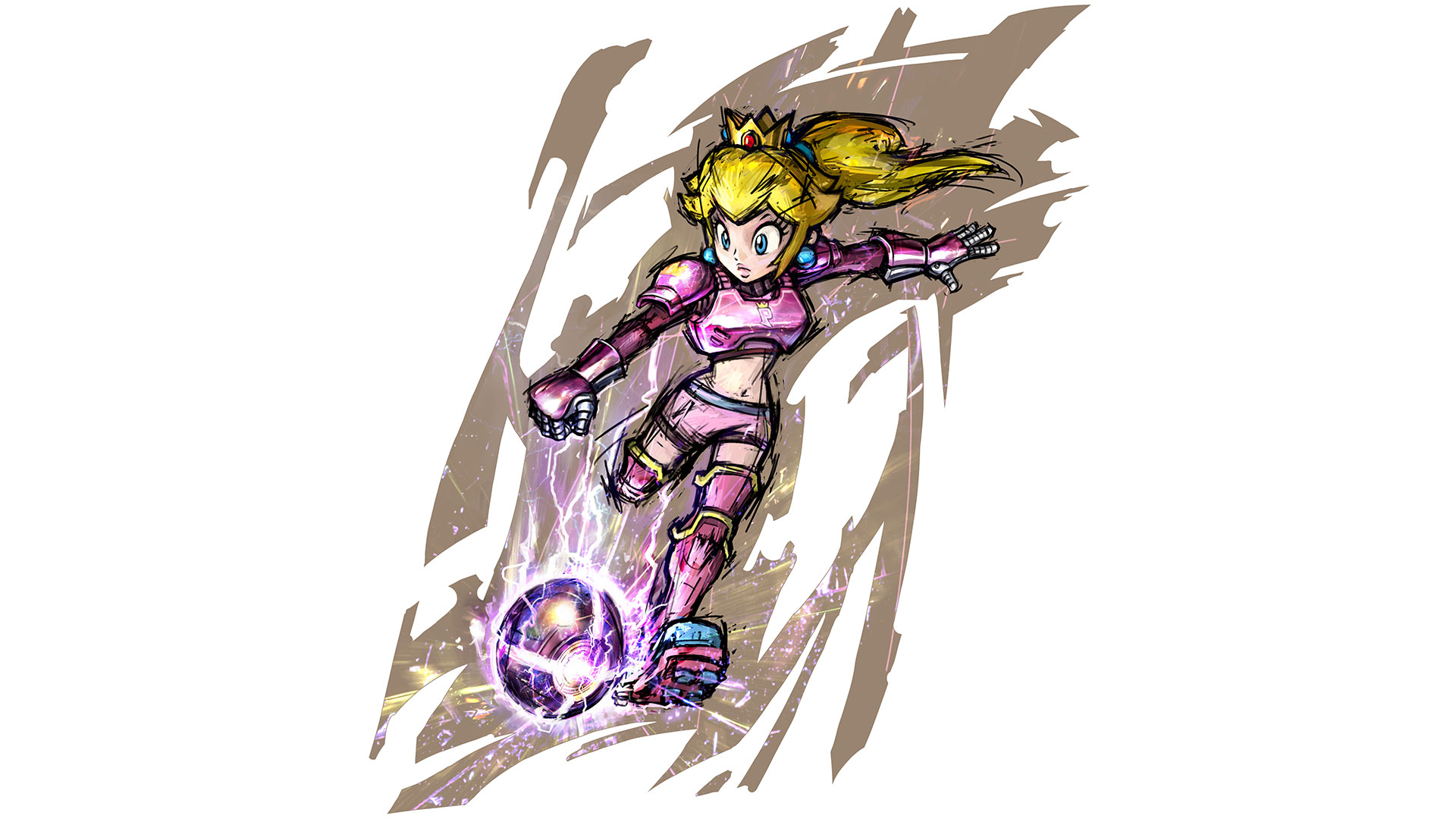
In sports titles and party games, Peach is everywhere. She even starred in her own Nintendo DS platformer, Super Princess Peach, where her main power was affecting the world around her with her powerful, volatile emotions. (Just gonna leave that there and move on.) But when Mario needed to go on another of his adventures, she was relegated to her original, grounding role: being the prize at the end of his quest.
That was, until 2007, when Super Mario Galaxy introduced Rosalina to the world. Make no mistake: Galaxy still starts with Peach kidnapped, and it still ends with her safe return/the end of all life in the universe. (Galaxy goes there.) But she’s no longer the sole human woman in existence. Rosalina is a melancholy, stoic, cosmic entity. As players progress through the game by doing Mario Things, her sprawling home — the Comet Observatory — is brought back to life. Each new section of her makeshift island for wayward Lumas (what if Toads were stars that were also really into sacrificing themselves?) is powered up with a new level of orchestration added to the hub world’s beautiful waltz melody. It feels regal, powerful, rad. It suits her.
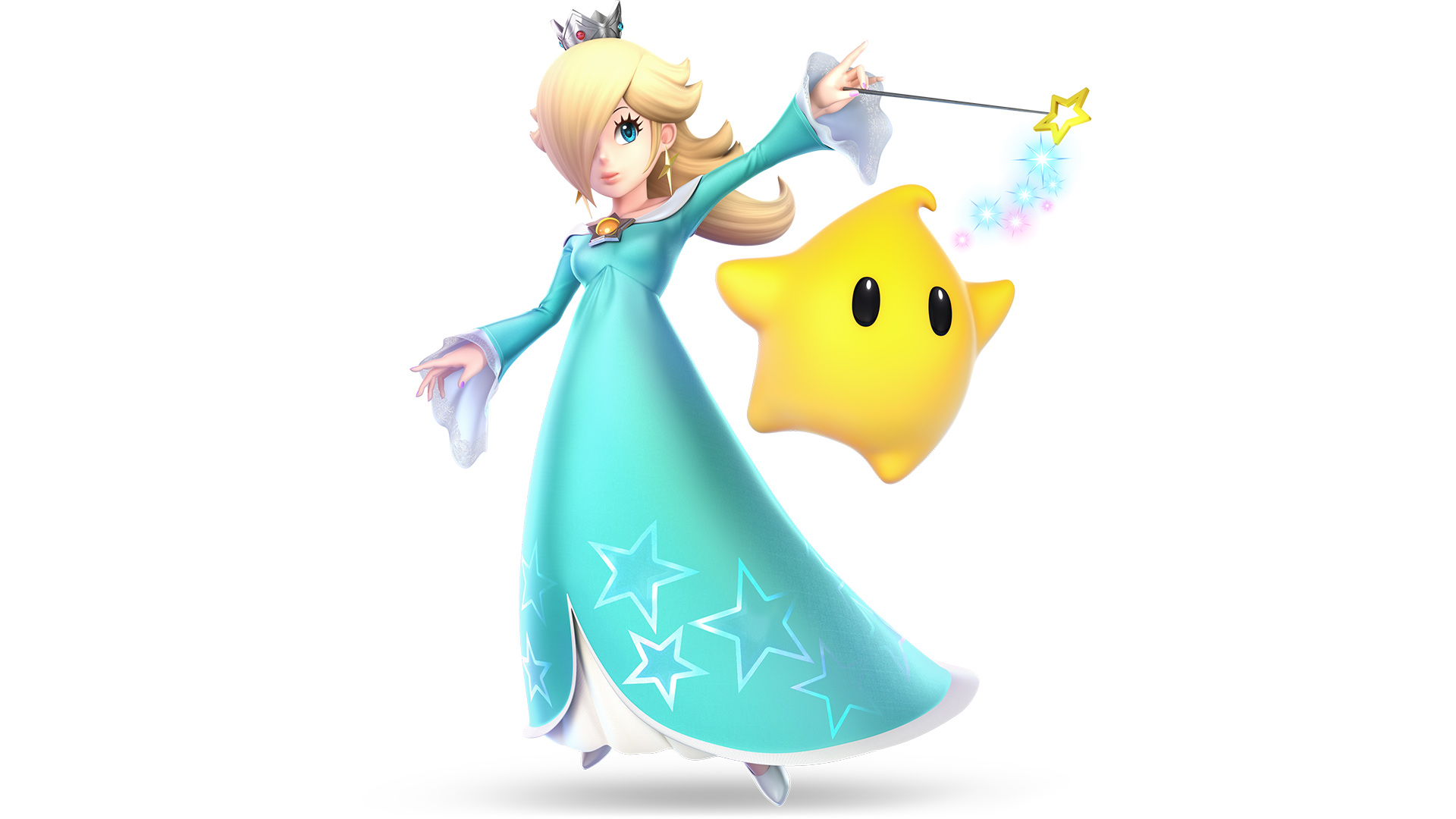
At the same time, players unlock something rare for any Mario title: lore. New chapters from a picture book that Rosalina reads to her Lumas are earned throughout the game, telling the tale of a little girl who ran away to space to escape the grief of her mother’s passing, only to instead become a foster parent for the baby stars she met along the way. It’s sweet, sad, and was written in secret by Galaxy’s director and slipped into the game late in its development.
Mario helps Rosalina, but he never rescues her. In the game’s climax, Rosalina and her Lumas undo the damage of Bowser’s newly-formed sun collapsing in on itself and destroying the universe. In her farewell to Mario, she grows to near-Bowser size, speaks about the birth of new stars, before saving all of creation. She is the closest thing we ever see in the main Mario games (don’t @ me, Paper Mario fans) to God.
Rosalina’s subsequent appearances have been similar to Peach’s; she shows up to play tennis, drive hoverkarts, or fight Sephiroth. She’s always floating and aloof, but has dropped the cosmic tragedy backstory for something a bit more on-brand for Nintendo’s recurring cast. She’s even playable in a single game: the same one that, finally, lets Peach be her own hero again.
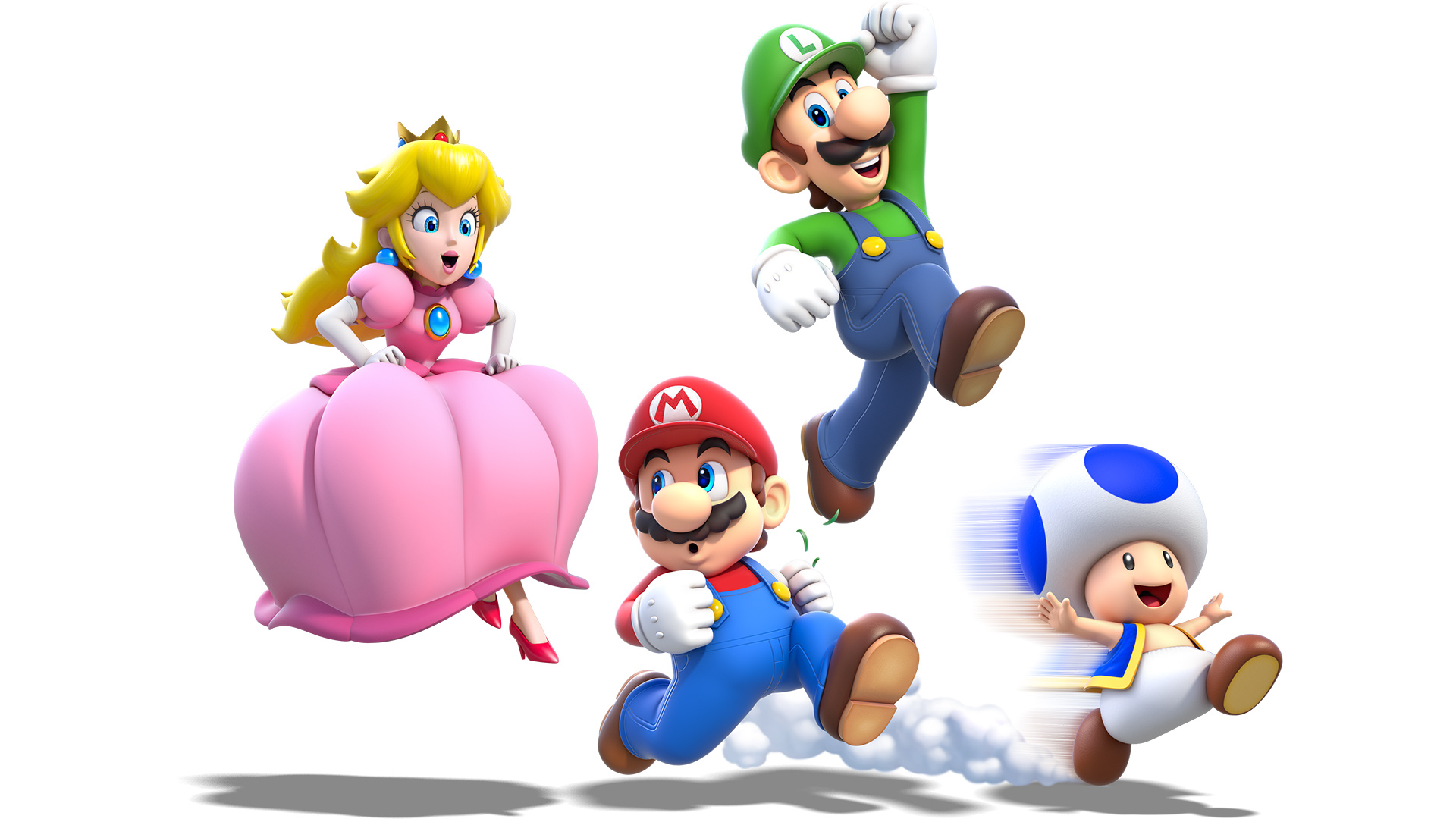
Super Mario 3D World, soon to be rereleased on the Nintendo Switch, wears its Super Mario Bros. 2 nostalgia on its sleeve, from its soundtrack to its four central characters. Late in the game, after a now-standard trip to outer space, you can unlock Rosalina, who is found just straight up chilling with some Lumas. Not a lot of people played 3D World when it was originally released on the Wii U, so for many, this will be the first time they can simply have two playable women at once in a Mario game. (It does need to be mentioned that in her stead, Mario is now rescuing seven Sprixie Princesses, because old habits die hard.)
I like to think that a Mario or Zelda game could succeed without having to save a princess at the end. (Weirdly enough, Wario never had this problem. Wario rules.) This isn’t just Super Mario Bros.’ 35th anniversary, after all; Princess Peach debuted in that game, too. Even Nintendo seems to be chafing against its self-imposed reliance on distressed damsels. 2018’s Super Mario Odyssey doubles down on the trope, upgrading Peach’s peril from “vague kidnapping” to “forced wedding.” That’s to say nothing of its reinvention of Donkey Kong’s Pauline, now the mayor of a metropolis named after her former captor. (Also: Peachette. That’s a thing.)
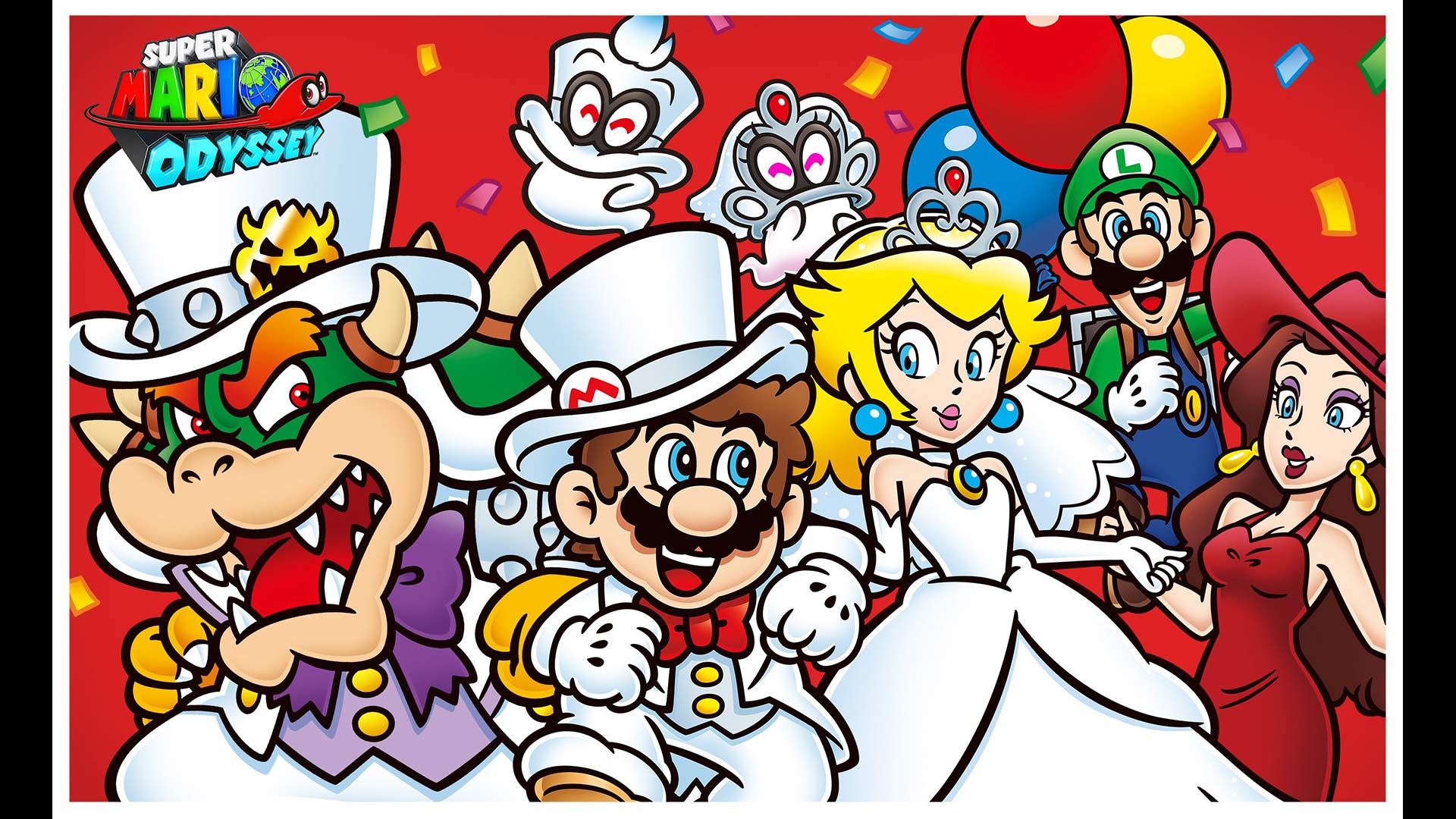
But in Odyssey’s final scene, Peach rejects both Bowser and Mario’s honestly embarrassing fight to win her hand, and leaves them both stranded on the moon. She spends the entire postgame on a whirlwind tour of the planet, rocking iconic new outfits on every level. It’s hilarious, clever, and more than a little bit overdue.
If the Mario franchise can make room for a distant celestial goddess, it can find reasons for Bowser to go to war against a single plumber without reducing Peach to the utilitarian plot device she was created to be. And maybe we’ll get more games like 3D World, where her and Rosalina get to kick shells and shoot fireballs like the best of them. Because that’s where she belongs.
Mike Sholars @Sholarsenic.
.
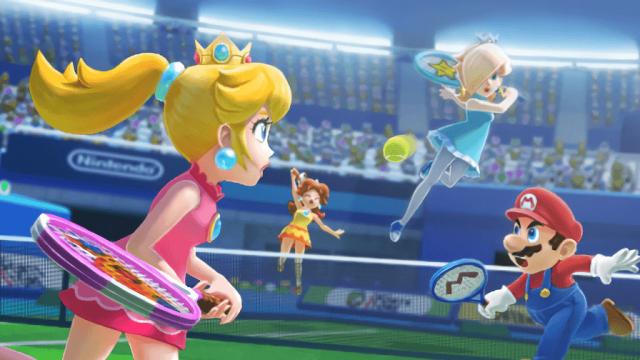
Leave a Reply